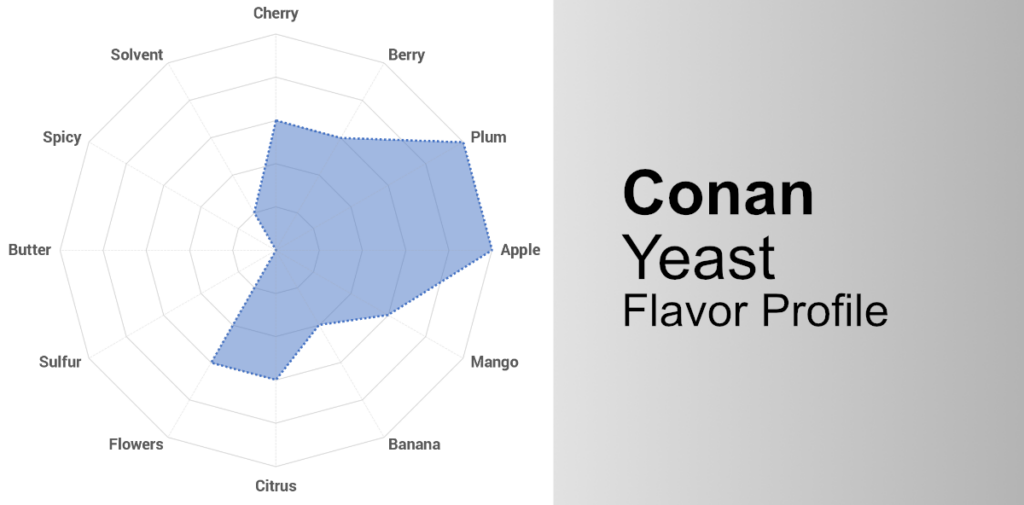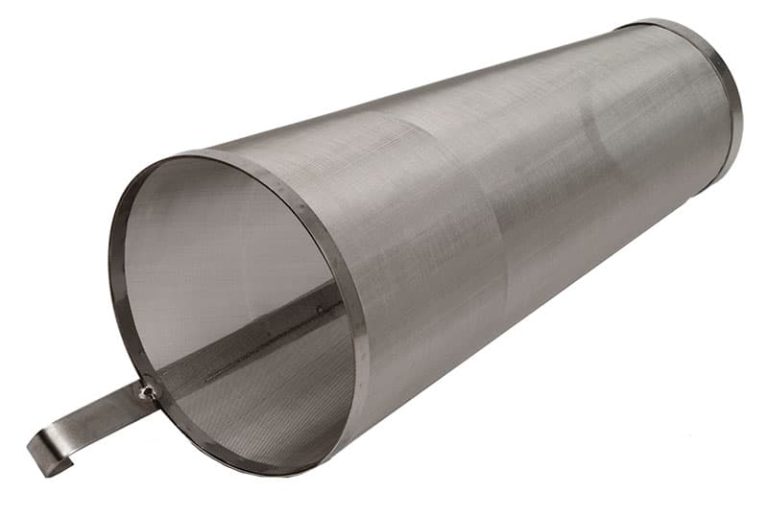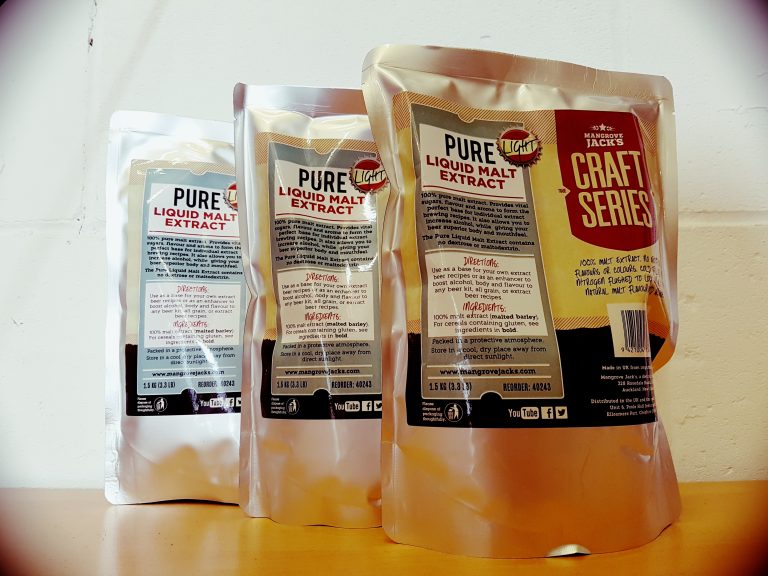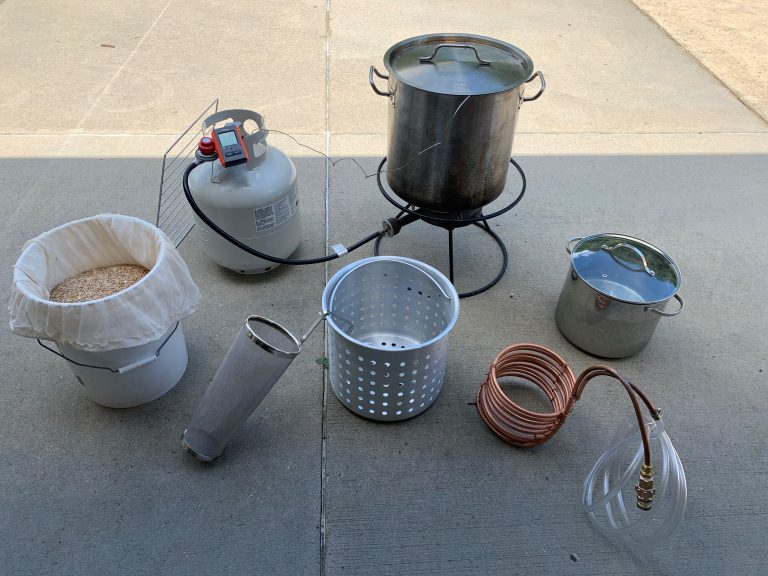The Complete Guide to the “Conan” Strain of Yeast
“Conan” is arguably the strain of yeast that launched the New England IPA style into orbit over the last decade. Most yeast strains are all part of the same species (Saccharomyces cerevisiae), but they each contribute a different assortment of flavors and aromas to the finished beer. The Conan strain is well known for the fruity esters and the haze it adds to beers, which are hallmarks of NEIPAs.
“Conan” History and Origin
The Conan yeast strain is always associated with The Alchemist brewery, located in Stowe, VT. The Alchemist uses it as their house strain and to create their remarkable Heady Topper Double IPA. However, founder and head brewer John Kimmich said he didn’t develop this strain himself. John says that it actually came from England in 1988 via Greg Noonan at the Vermont Pub & Brewery. Greg, a brewing pioneer, later gave John permission to use it in all his beers.
Unfortunately, the actual family tree of this yeast is unknown, beyond that it has its origins in the United Kingdom. Internet sleuths have surmised that it’s roots came from the Whitbread B group of yeasts originating from Fuller’s Brewery, but most of that is speculation. Whitbread B is the strain known as Wyeast 1098, White Labs WLP007, and Fermentis S-04. Others have guessed that it came from the Boddington strain, but I am not convinced of that yet.
The actual identifier for this house yeast strain is VPB1188 (for Vermont Pub & Brewery). Conan, which is short for “Conan the Barbarian” is just a nickname that it picked up from Greg based on its aggressive attenuation and behavior.
You can hear John’s full answer here, timestamped to 37:57.
Profile of Conan Yeast

The “Conan” yeast strain is perfectly suited for juicy, hazy New England IPAs. This strain is considered to have a mostly clean profile with tropical and fruity esters. These esters compliment and enhance the flavors added by the hops most commonly found in IPAs. This strain has very strong stone fruit, peach, apricot, citrus, and pineapple notes.
Conan is a medium-to-low flocculating yeast. It commonly leaves a haze in the beer that has become expected in New England-style IPAs. This may also contribute to the creamy mouthfeel it also leaves behind. It is cleaner and crisper than other haze producing strains, which helps set it apart from other strains.
While each yeast bank’s variation is a bit different, the Conan yeast strain usually cleanly ferments at a temperature range from 65° F to low-to-mid 70s.
Conan also has very good attenuation, regularly reaching into the low 80% range. It leaves beers full of alcohol and low on residual sugars. This is one of the reasons it is such a good yeast strain for Double IPAs.
Commercially Available “Conan” Strains
You may be wondering how so many companies can sell their version of the “Conan” yeast when it is known to be Alchemist’s strain. As it turns out, you can’t patent a product of nature like yeast. Most manufacturers skirt trademark issues by referencing “Vermont” or “East Coast” instead. In the case of Omega, they say their DIPA “strain is thought to originate from an often-hunted, soaringly-rated Vermont beer.”
So while none of them can call out The Alchemist or Heady Topper by name, they all make it excruciatingly clear that this is the same yeast used by the most famous of New England IPAs.
- Omega DIPA (OYL-052)
- GigaYeast Vermont IPA (GY054)
- The Yeast Bay Vermont Ale (WLP4000)
- White Labs Burlington Ale (WLP095)
- Imperial Barbarian (A04)
- East Coast Yeast (ECY29)
- Lallemand LalBrew New England
- RVA Yeast Labs Hoptopper Ale (RVA-104)
- Escarpment Labs Vermont Ale
To John’s (and Greg Noonan’s) credit, we have not heard any public complaints about their proprietary yeast being commercially available. While homebrewers love having easy commercial access to a yeast of this caliber, there would really be no way for The Alchemist or any other brewery to eliminate the home use of their yeast. Any yeast can be re-cultured from cans, especially from those that are not pasteurized and still have a good bit of dregs left in the can after consumption.






